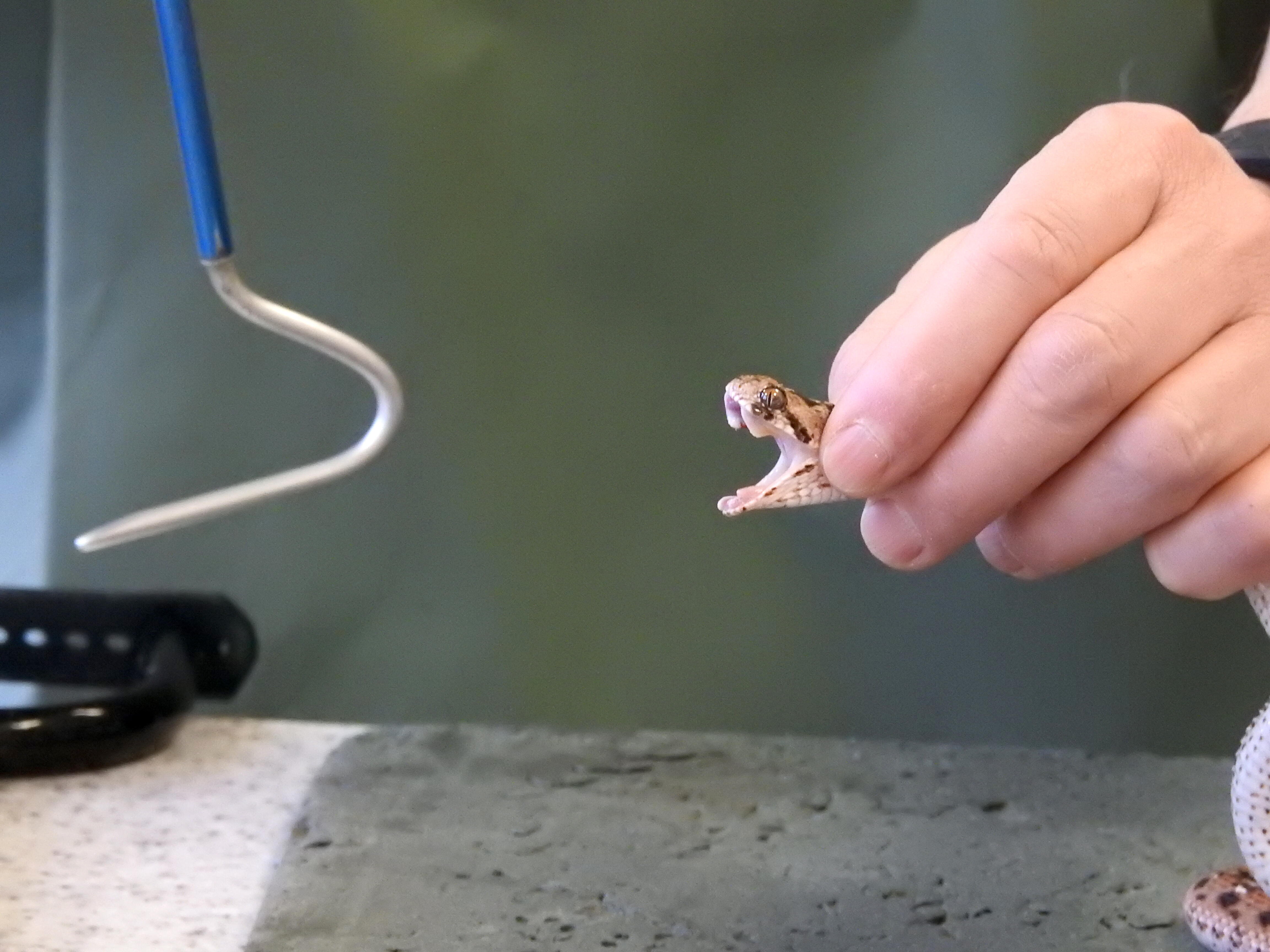
Snakebite envenoming is a priority neglected tropical disease (NTD), and is responsible for around 94,000 deaths each year, mostly in Asia and sub-Saharan Africa.
Clinical trials used to test treatments and outcomes in this field often use a broad range of measurements, which can blur the overall picture of progress. By standardising these measurements, the effects of treatments can be compared and combined across different trials, and we can better measure how well new treatments reduce the impact of snakebites.
A team of experts led by Liverpool School of Tropical Medicine (LSTM) has devised a globally relevant, evidence-based, patient-centred set of measurements for snakebite clinical trials. Their paper on the subject, published in Lancet Global Health, explains their findings and conclusions. This is the first global attempt to harmonise clinical trial methodology in this field.
The LSTM team, which was led by clinical PhD student Dr.Michael Abouyannis and also included Professor David Lalloo, Director of LSTM, brought together a globally recognised group of leading snakebite academics, policy makers, basic scientists, and trial methodologists, to discuss how outcome measurements for snakebite could be standardised. They reviewed the research literature to provide a comprehensive list of potential trial outcome measures.
A group of people with direct experience of snakebite, in Kenya, and the parents of children with previous snakebite experience were consulted and provided essential insight into how trial outcome measures can better fulfil the needs of patients.
The group confirmed five universal core outcome measures that should be included in all future snakebite clinical trials: mortality; WHO disability assessment scale; patient-specific functional scale; acute allergic reaction by Brown criteria; and serum sickness by formal criteria.
Syndrome-specific core outcome measures were also identified, so the tool can be used across geographic settings with varied snake species.
The core outcome measurement set will provide global standardisation, support the priorities of patients and clinicians, enable future meta-analysis, and will be appropriate for use in those low-income and middle-income settings that suffer the greatest burden of snakebite.
By approaching snakebite as a global issue, this tool goes some way to bridge the divide in the standards of snakebite trial methodology adopted in high-income and low-income settings.
The World Health Organization have set the ambitious goal of reducing global snakebite disabilities and deaths by 50% by 2030. With exciting clinical trials and novel therapeutics on the horizon, this core outcome measurement set is timely and essential for tracking our progress towards this goal.